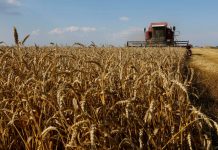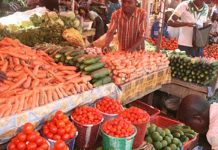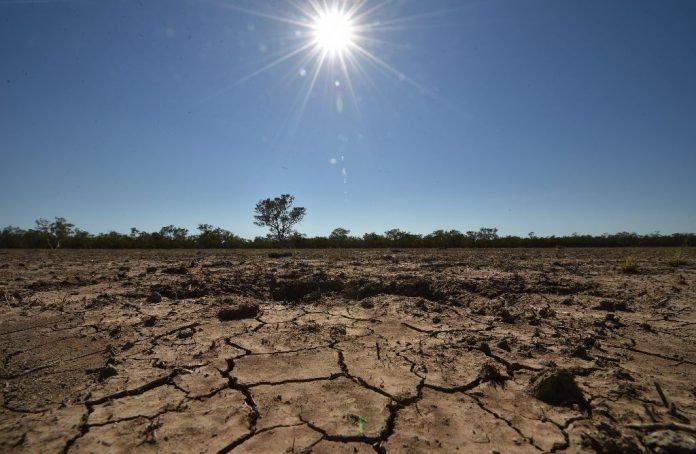It is hard to imagine that in this modern age, there are still communities around the world where basic amenities – tarred roads, water, electricity and housing – do not exist. They are simply not provided fir the people.
Let us take the case of Madagascar. Every morning, residents of the village in southern Madagascar’s Amboasary Sud district set off on an eight-hour round-trip journey to collect water from the nearest river.
Along the thirsty way, some give up and instead use plastic jerry cans to scoop up whatever they can find in potholes along the road – muddy liquid that aid workers jokingly call “chocolate water”.
This region of Madagascar has been chronically poor for decades, but a series of droughts, which government officials say are driven by climate change, have left close to a million people struggling to cope in this southern African island nation.
According to Norohasina Rakotson, a spokeswoman for Madagascar’s Ministry of the Environment, drought is increasing the risk of malnutrition and could cause deaths in children younger than five, half of whom already suffer from stunting.
In the south of the island, where many people farm for a living, the rainy season is getting shorter and shorter. Rains that once stretched from October to March now fall only between December and February.
A recent El Nino event – a warming of sea surface temperatures in the Pacific that often causes drought in southern Africa – aggravated already dry conditions, driving hunger not only in Madagascar but across the entire southern Africa.
Some residents of the area say that El Nino has now ended, but many families have not recovered, and harsh weather continues. “The air is more violent. The wind is very strong,” Soja Voala, the chief of AnkilibeVahavola, told reporters. Around the area, “there’s no production because the land is very dry”.
“It’s our everyday life now,” he said. “We wait for the rain because our main issue is lack of water. We don’t know when it will come.
In Madagascar, nine in 10 people live on less than $2 a day, according to UNICEF. Poverty is even worse in the dry south. Bumpy roads last paved in colonial days impede the delivery of aid, and mean even emergency transport is difficult.
Hoasie, a woman in her 40s who goes by one name, said she was forced to carry her 3-year-old son 20 kilometres to the nearest hospital in November, after large bumps broke out on his body. It turned out he was suffering from acute malnutrition and a lack of protein. But the drought makes it difficult to feed him better, she said.
“We’re farmers, so when there is no rain we have no crops,” Hoasie said. For sure, the protection of agriculture and its operators is one of the factors that governments are set up to handle.















